Canada seems to be taking a page from the US playbook as it plans to pivot to a crowd-in strategy that uses higher federal project spending and lighter regulation to attract private capital for its priorities.
“Our upcoming budget will ‘crowd in’ private investment. We will build Canada Strong,” Industry Minister François-Philippe Champagne said. In a Bloomberg interview he added, “What people will see in the next budget is fiscal discipline, a shift toward capital formation and a shift toward long-term prosperity.”
Canadian Government to start investing in private/public companies to help fast track projects? https://t.co/QiFYFvQGOr
— Jody Dahrouge (@JodyDahrouge) October 17, 2025
Champagne said the fiscal anchor will focus on operating restraint and a declining deficit ratio. “We have said that we’ll balance our operating budget by 2028 or 2029, and that we would have a declining deficit-to-GDP ratio over that period,” he said. He, however, did not commit to a path for net debt as a share of the economy.
Economists are projecting a $70 billion to near $100 billion deficit in 2025 or about 3% of GDP.
Finance Canada data show public debt charges now exceed 10% of revenues, up with higher rates and term premia. Corporate income tax generates close to one fifth of federal revenues, a multi-decade high, which means growth-sensitive receipts are central to the plan’s math.
Revenue pressures will also come from policy choices already made. Prime Minister Mark Carney has scrapped a planned increase to the capital-gains inclusion rate and cut income taxes, which eases the burden on investment but trims near-term revenues.
US tariffs have hit the Canadian economy and GDP contracted in the second quarter. Stellantis said this week it will shift some production from Canada to the US, a move Champagne called regrettable, underscoring the need to anchor private investment at home.
“Canada can be the supplier of choice to our allies and partners around the world when it comes to critical minerals and rare earths,” Champagne said. He also pointed to human capital, a broad industrial base and multiple trade agreements, alongside conventional and renewable energy resources, as levers for the crowd-in approach.
This comes after the US has recently went on an investment spree, taking equity in exchange for department grants and funding of critical mineral firms.
The crowd-in policy targets a well-documented investment gap. Data from Statistics Canada and the Bureau of Economic Analysis show US non-residential investment running near 12% to 14% of GDP in recent years compared with roughly 10% in Canada.
Ottawa’s bet is that federal capital and faster approvals will “crowd in” private projects to narrow that gap. The IMF’s October 2025 World Economic Outlook places Canada among the G-7’s stronger fiscal positions, noting a wider near-term deficit but a comparatively firm medium-term track.
Information for this story was found via Bloomberg and the sources and companies mentioned. The author has no securities or affiliations related to the organizations discussed. Not a recommendation to buy or sell. Always do additional research and consult a professional before purchasing a security. The author holds no licenses.

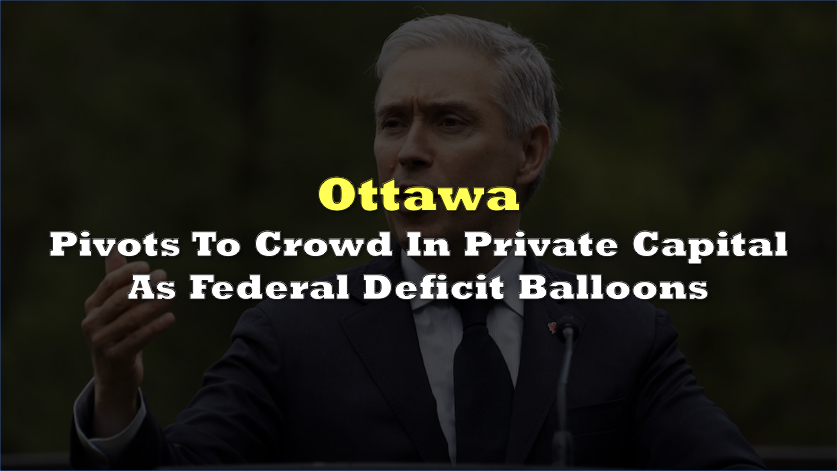
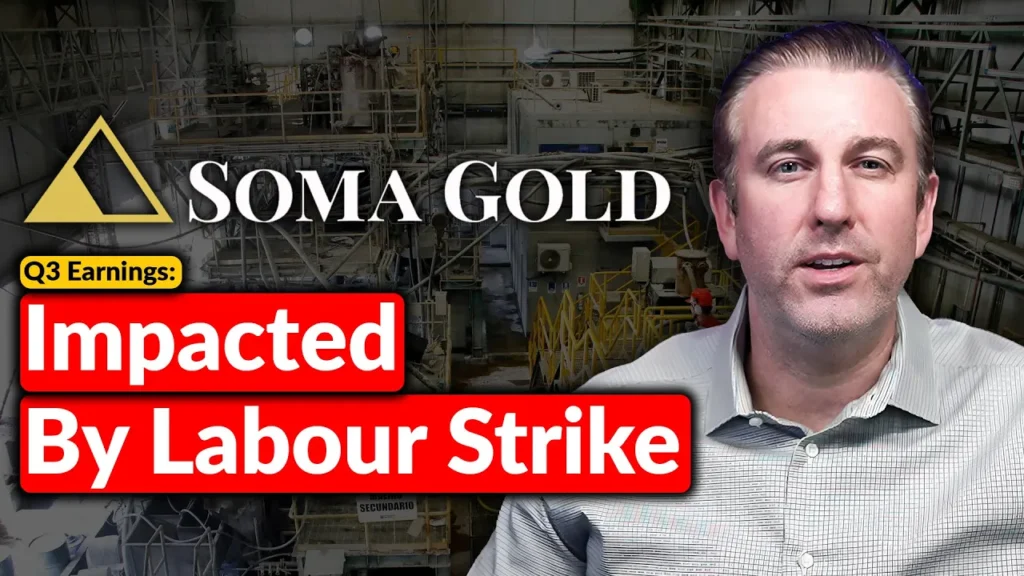
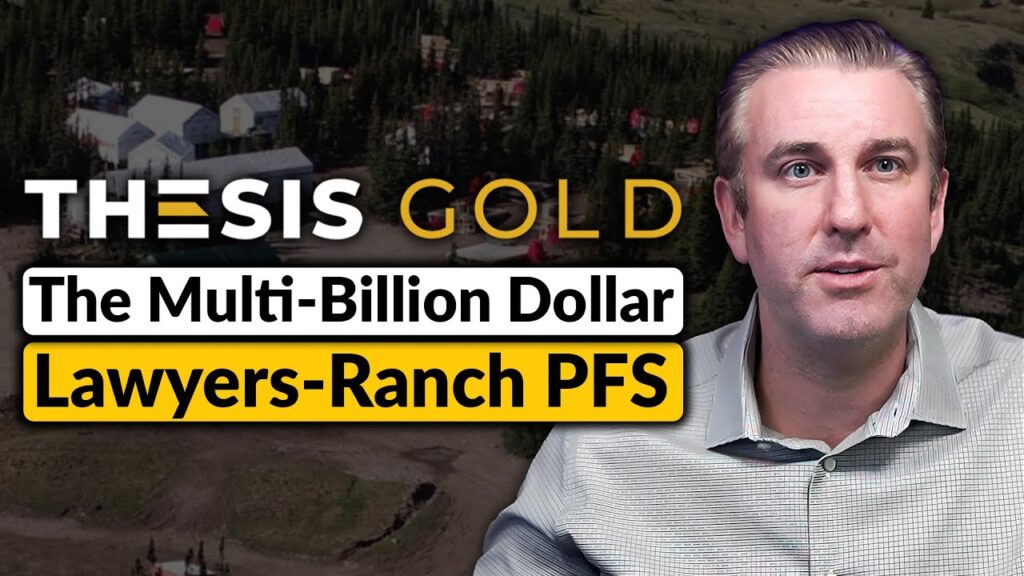

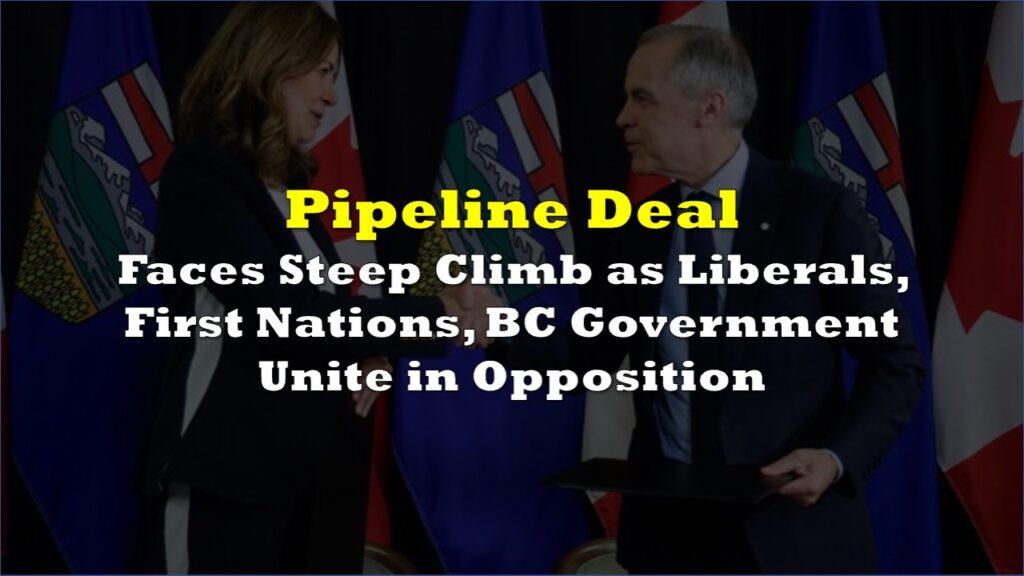

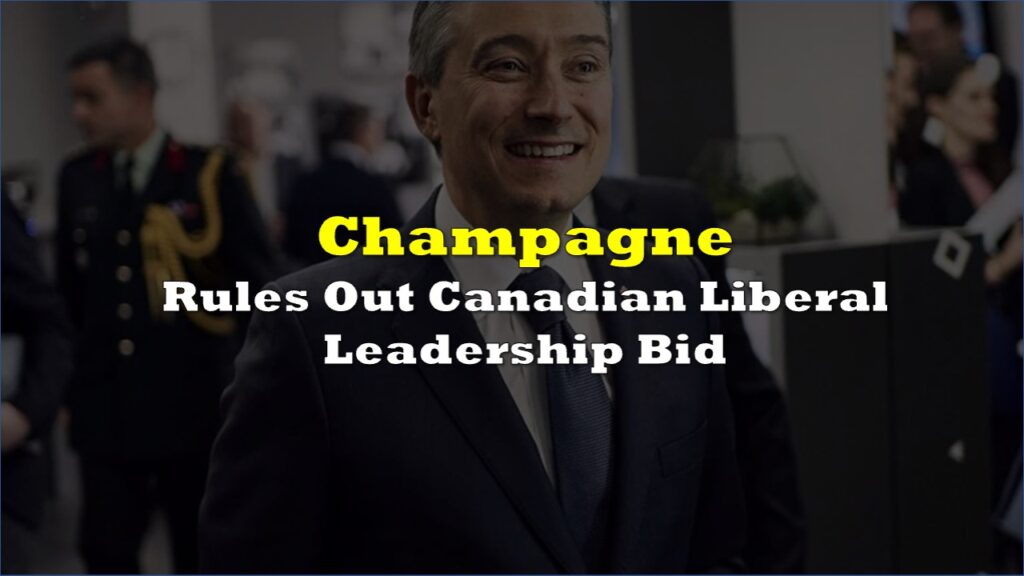
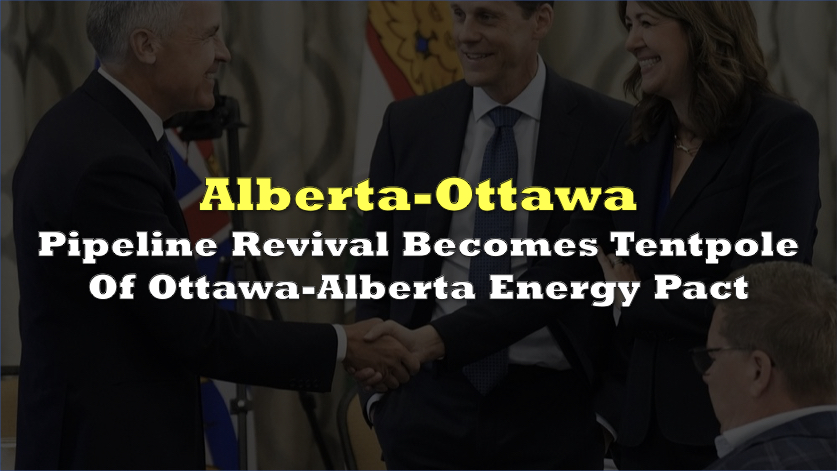

One Response
That is a “wider near-term deficit” but a comparatively firm medium-term track. So the “deficit balloon” is short term and the medium term is firm……meaning a leveling off. This is what the article explains. This is not what the headline says at all. I truly with the tagline or title of articles would truly reflect the content, instead of being inflammatory. Not professional.